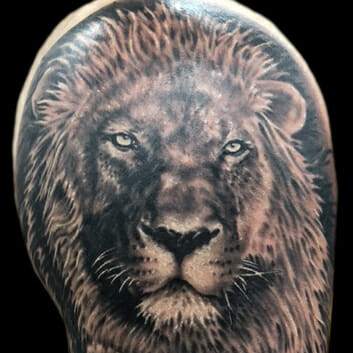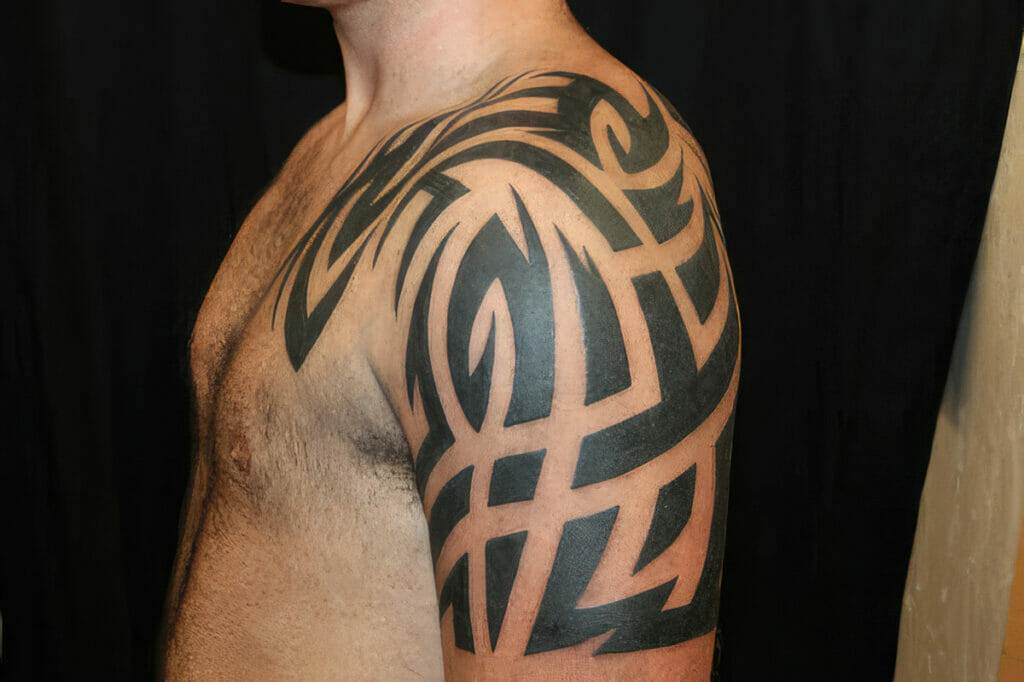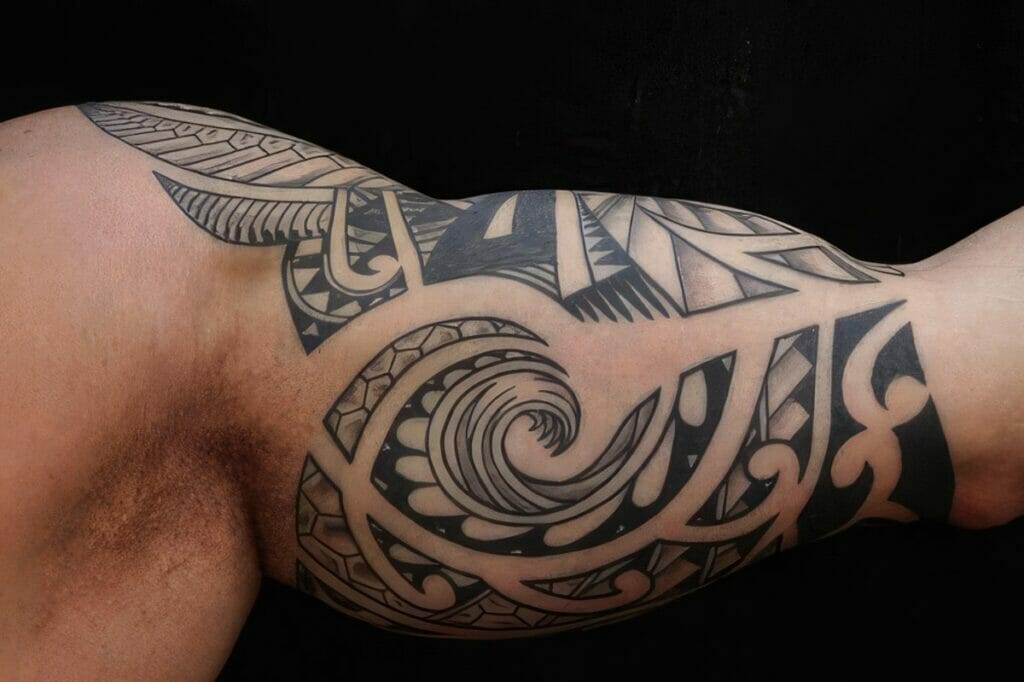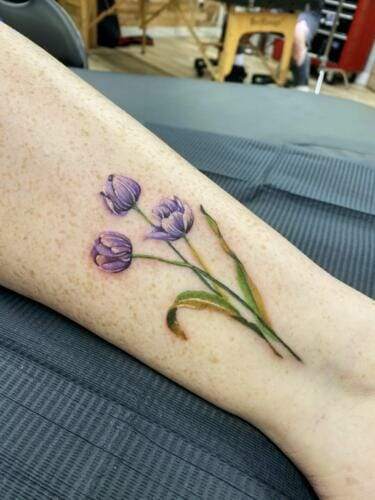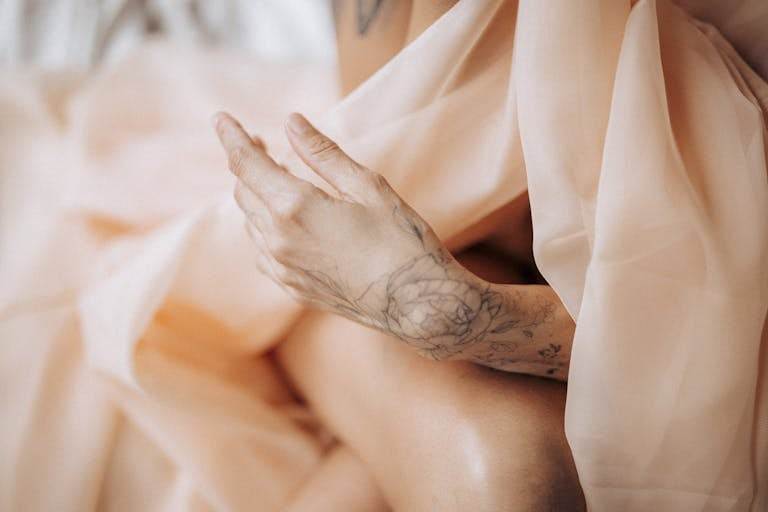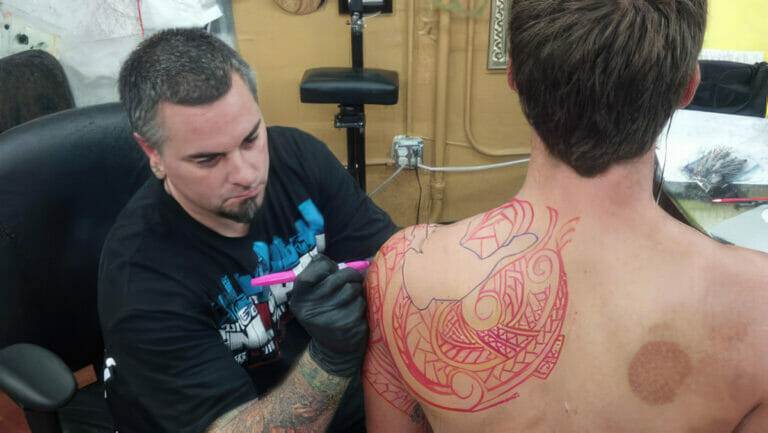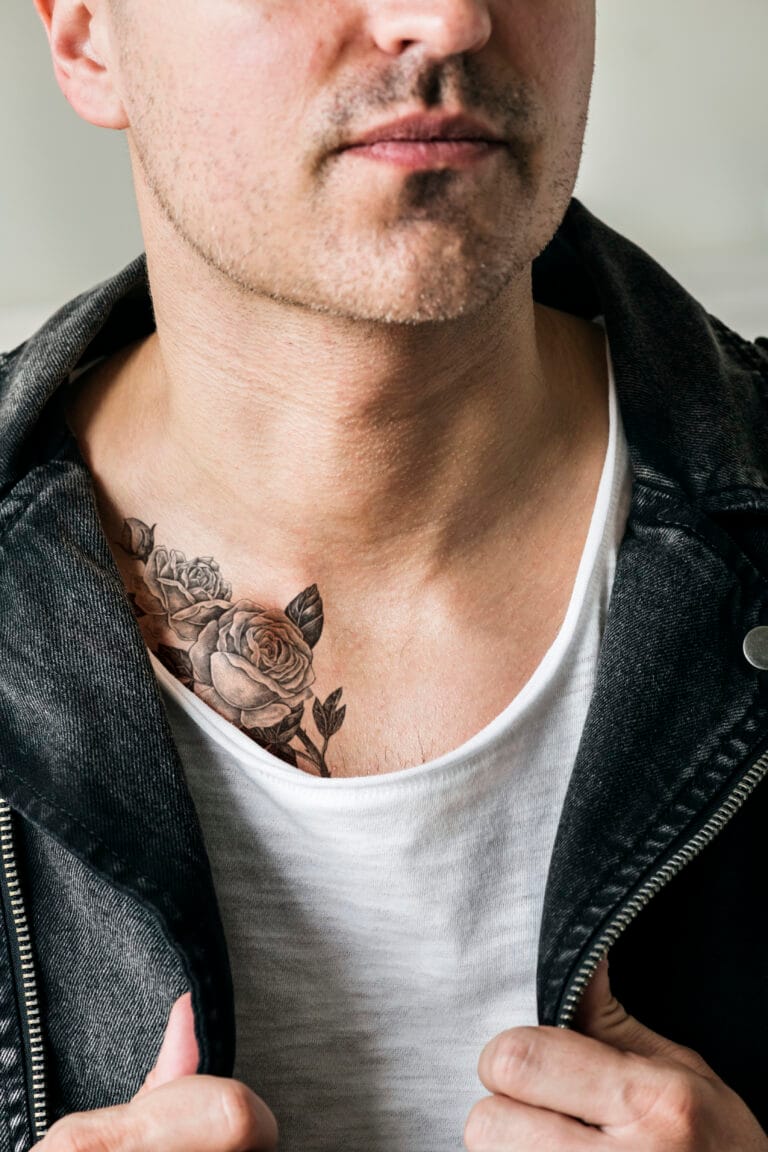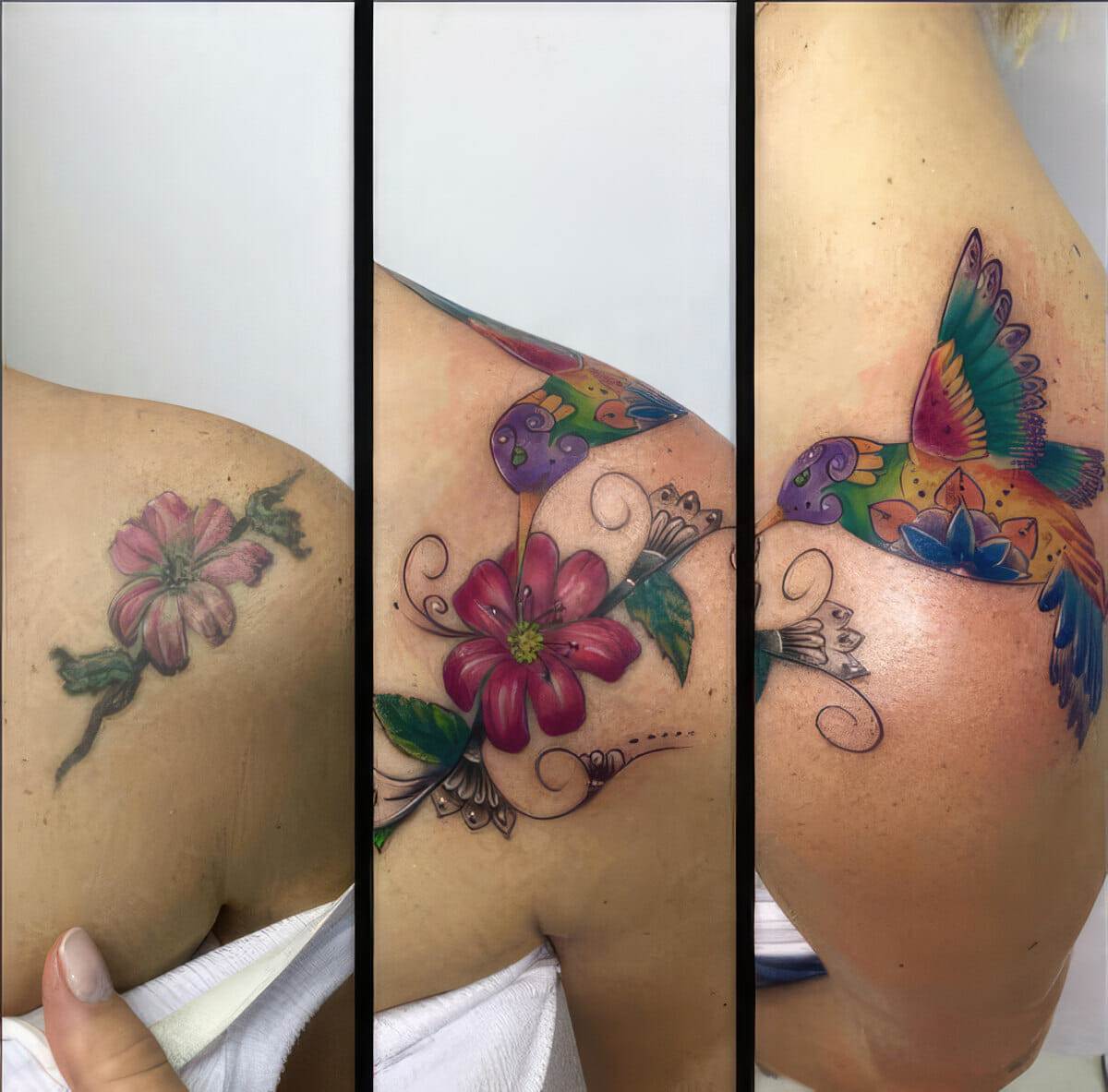
Understanding Your Personal Style
Analyzing Your Aesthetic Preferences
Diving into the world of tattoos begins with understanding your personal aesthetic preferences. This step is crucial, as tattoos are not just ink on skin; they are an extension of who you are. To make this analysis easier, consider the following:
- Color Palette: Do you gravitate towards vibrant colors or prefer monochrome designs? Bright colors can create a lively and energetic vibe, whereas black and gray tattoos can offer a timeless and classic look.
- Design Complexity: Are you drawn to intricate and detailed designs, or do you prefer simpler, bolder shapes? Think about whether you admire the ornate beauty of mandalas or the clean lines of geometric tattoos.
- Themes and Motifs: Reflect on themes that resonate with you. Whether it’s nature, spirituality, or abstract art, identifying a central theme can guide your design choices.
Understanding your aesthetic preferences sets the foundation for choosing a tattoo that aligns with your style.
Exploring Symbolism and Meaning
Beyond aesthetics, tattoos often carry significant symbolism and meaning. Exploring what different designs represent can deepen your connection to the artwork. Consider the following points:
- Cultural Significance: Many tattoos have roots in various cultures and traditions. Researching these meanings can enrich your appreciation of the tattoo you choose.
- Personal Reflection: Ask yourself what you want the tattoo to symbolize in your life. Common motifs include:
- Floral Designs: Often symbolize growth, beauty, and resilience.
- Animals: Can represent traits that you identify with, such as courage in a lion or adaptability in a fox.
- Quotes or Words: These often serve as personal mantras or reminders of life lessons.
By reflecting on the symbolism behind various designs, you can choose a tattoo that not only looks good but also carries profound personal significance. This fusion of aesthetic preference and meaningful symbolism ensures that your tattoo is a genuine reflection of who you are, making it a cherished part of your identity.
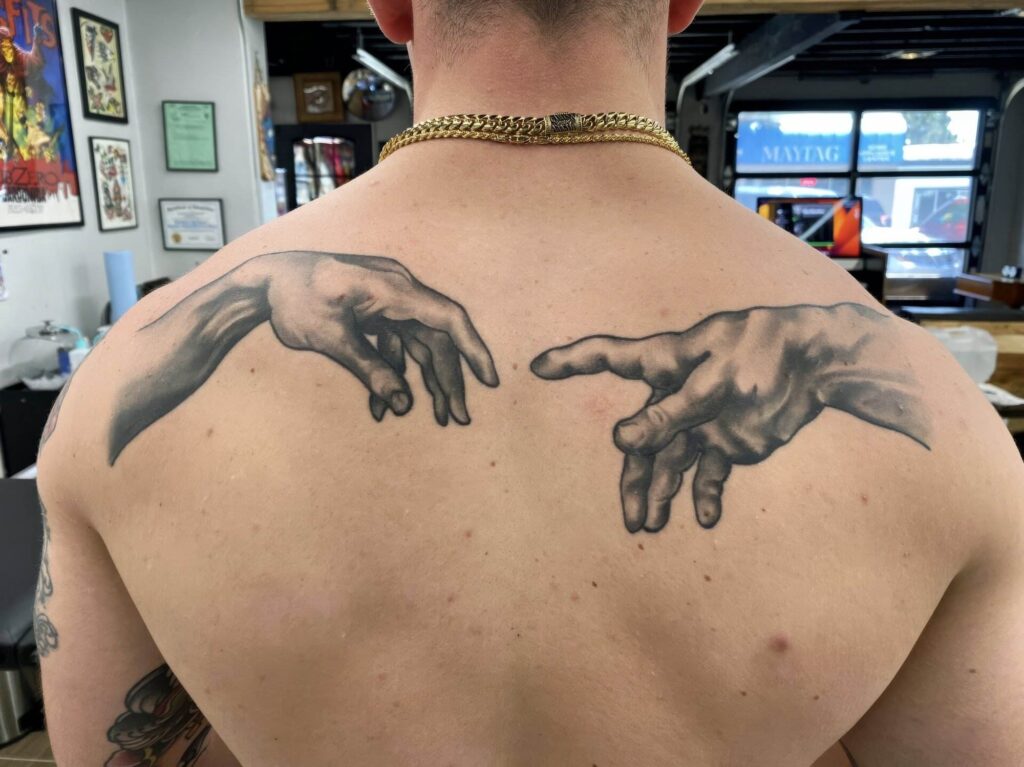
Researching Tattoo Designs
Traditional vs. Contemporary Styles
Once you have a grasp of your personal style and the meanings behind potential designs, it’s time to delve into the world of tattoo styles. One of the fundamental choices is between traditional and contemporary tattoo styles.
- Traditional Tattoos: Often characterized by bold outlines and a limited color palette, traditional tattoos have a rich history. Influenced by sailors and military personnel, they frequently feature iconic motifs like anchors, roses, and skulls.
- Key Features:
- Strong black lines
- Bright, solid colors
- Emphasis on symbolism and straightforward designs
- Key Features:
- Varied techniques and styles
- Abstract or illustrative approaches
- Incorporation of modern art trends and themes
- Key Features:
Contemporary Tattoos: In contrast, contemporary styles are diverse and can encompass a variety of techniques and artistic movements. This might include watercolor tattoos that mimic brush strokes or minimalist designs that favor negative space.
- Key Features:
- Varied techniques and styles
- Abstract or illustrative approaches
- Incorporation of modern art trends and themes
Choosing the right style depends on how you wish to express yourself; both styles can be stunning in their own right.
Popular Tattoo Motifs
Next, exploring popular tattoo motifs can further refine your choices. Certain images resonate with many, carrying universal meanings or offering aesthetic appeal. Consider these popular motifs:
- Floral Tattoos: Often symbolize beauty and growth. Popular flowers include roses for love and peonies for prosperity.
- Animal Tattoos: Many people choose animals that represent personal traits or characteristics. For instance, an eagle may symbolize freedom and strength, while a butterfly can represent transformation.
- Geometric Designs: These tattoos appeal to those who appreciate symmetry and structure. Patterns can also convey deeper meanings, such as balance and harmony.
- Quotes and Script: A popular choice for those wanting a personal message, quotes can serve as daily reminders or inspiration.
When choosing a tattoo motif, think about what resonates with you personally. Selecting a design that speaks to your identity ensures that your tattoo will be meaningful for years to come. With a wealth of styles and motifs at your disposal, researching these options will help you make a well-informed decision that reflects your unique self.
Considering Placement and Size
Choosing the Right Body Placement
As you continue your tattoo journey, the next step involves considering the placement of your design. The location of your tattoo can significantly impact not only its visibility but also its personal meaning.
- Visible Areas: If you desire a tattoo that showcases your personality to the world, consider placements like the forearm, wrist, or shoulder. These areas are easy to reveal and can spark conversations.
- Private Areas: Conversely, if you’d like your tattoo to be a personal reminder or a symbol meant for you alone, think about locations such as the upper thigh or the back. These placements allow for discretion and can be hidden depending on your clothing.
- Pain Levels: Keep in mind that some areas are more sensitive than others. For instance:
- Less Painful: Upper arm, outer thigh, calf.
- More Painful: Ribcage, spine, and inner bicep.
Understanding the implications of placement can help you choose a spot that aligns with your lifestyle, values, and comfort level.
Deciding on Tattoo Size
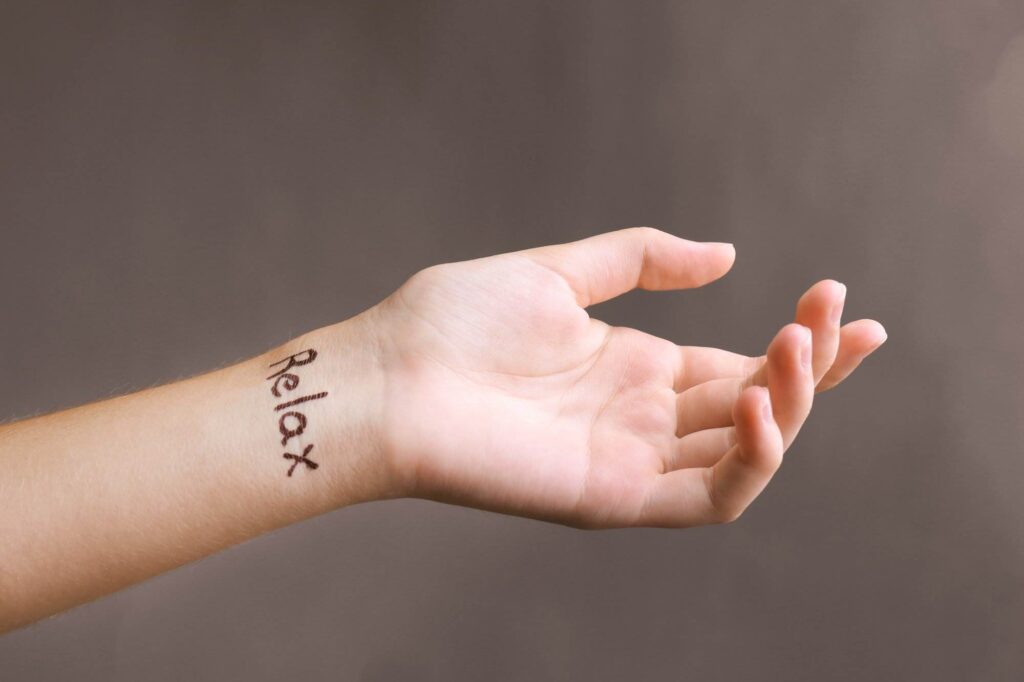
Small Tattoos: If you prefer simplicity or want a subtle representation, small tattoos can be just as impactful. Delicate symbols or minimalist designs often fit well on the wrist or ankle.
Medium to Large Tattoos: On the other hand, bolder designs benefit from a larger canvas. A medium-sized tattoo can beautifully cover an area like the forearm, while larger pieces, such as a back piece, allow for intricate detailing and storytelling.
Considerations: Before finalizing your size, think about how the tattoo will age. Smaller designs may be prone to fading and blurring, while larger pieces can maintain their detail over time with proper care.
Deciding on the right placement and size ensures that your tattoo not only looks great but also feels right for you, allowing for a lasting expression of your personal style. By carefully considering these elements, you can find the perfect balance that speaks to your individuality.
Finding Inspiration
Utilizing Online Resources
After considering placement and size, the next exciting phase in your tattoo journey is finding inspiration. The digital world is a treasure trove of ideas and styles that can ignite your creativity. Start by exploring various online resources to discover what resonates with you.
- Social Media Platforms: Websites like Instagram and Pinterest host a vast array of tattoo designs. Searching relevant hashtags can lead you to artists and styles you might not have encountered otherwise. For example:
- TattooInspiration: Great starting point for a wide variety of designs.
- MinimalistTattoo or #WatercolorTattoo: Tailored searches for specific styles.
- Tattoo Blogs and Forums: Numerous blogs discuss emerging trends, tattoo meanings, and artist interviews. Forums can also provide insight from individuals who have undergone similar tattoo experiences. Engaging in discussions can spark new ideas.
- Digital Tattoo Dictionaries: Explore online tattoo galleries that categorize designs by themes, styles, and even regional influences. These libraries are valuable when searching for inspiration aligned with your personal style.
Utilizing these online platforms can greatly broaden your vision and help you refine your tattoo decisions.
Visiting Tattoo Studios
While online resources are invaluable, there’s nothing quite like stepping into a tattoo studio for inspiration. Visiting local tattoo studios allows you to engage with artists and witness their work up close.
- Viewing Portfolios: Most tattoo artists maintain portfolios filled with their previous projects. Reviewing their past work showcases their unique style and expertise, helping you find an artist whose style mirrors your vision.
- Consultation Opportunities: Many studios offer consultation sessions, where you can discuss your design ideas and placements directly with artists. This face-to-face interaction can yield insights about what works well in terms of design and placement.
- Environment and Vibe: Experience the atmosphere of different studios. An inviting and comfortable environment can make your tattoo experience all the more enjoyable and can influence your confidence in the artist’s capabilities.
By visiting studios and interacting with artists, you can transform your abstract ideas into concrete visions. Finding inspiration from both online resources and in-person visits will help you confidently curate a tattoo that reflects your individuality and personal narrative.
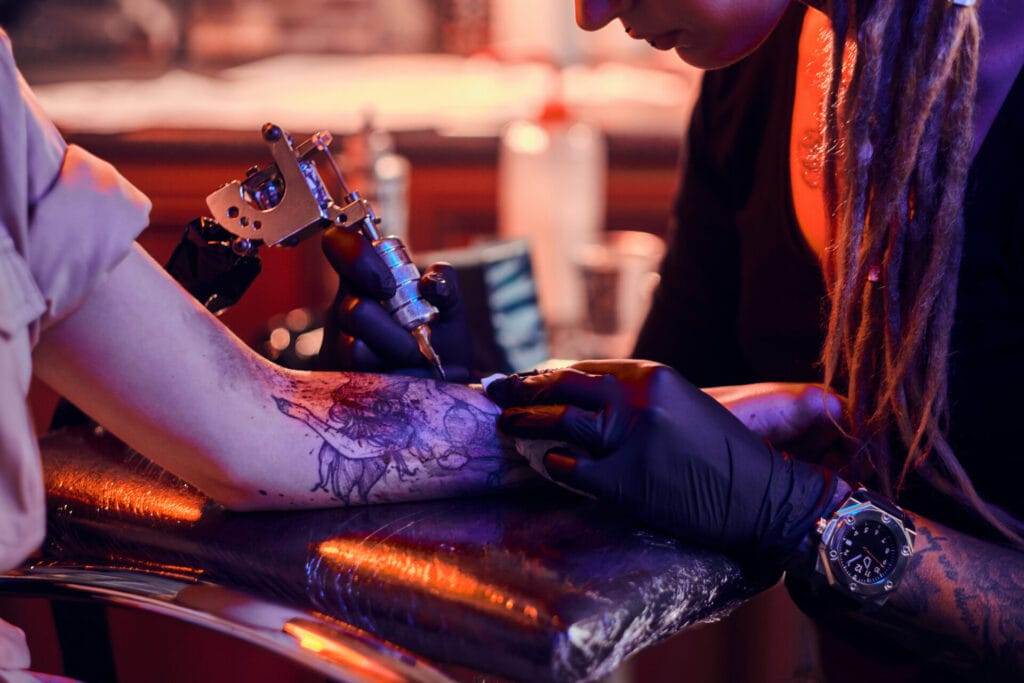
Budgeting and Planning
Setting a Tattoo Budget
Once you’ve gathered inspiration and honed in on your desired design and artist, it’s time to address the financial aspect of getting a tattoo. Setting a realistic budget is crucial to ensure a smooth experience and to avoid any surprises along the way.
- Research Average Costs: Tattoo prices can vary widely based on location, artist experience, complexity of the design, and size. Research local rates to establish a baseline.
- Hourly Rates: Many artists charge by the hour, with average rates ranging from $100 to $300, depending on the artist’s reputation and expertise.
- Flat Fees: For simpler designs or smaller tattoos, artists may offer a flat fee.
- Factor in Additional Costs: Be sure to consider potential additional expenses:
- Tattoo Aftercare Products: Investing in proper aftercare is vital for a tattoo’s healing and longevity.
- Travel and Accommodation: If you’re traveling to see a specific artist, include transportation and lodging in your budget.
By having a clear budget, you can prevent overspending and ensure that you have enough funds for both the tattoo and its care.
Booking a Consultation with a Tattoo Artist
After setting your budget, the next step is booking a consultation with your chosen tattoo artist. This meeting is essential to clarify your design concepts and finalize the planning process.
- Prepare Your Ideas: Bring along any inspiration you gathered during your research. This can include images or descriptions of designs you like, helping the artist understand your vision.
- Discuss Your Budget: Be upfront about your budget during the consultation. A good artist will work with you to create a design that fits within your financial limits while still delivering quality.
- Ask Questions: This is your opportunity to ask about the artist’s style, experience, and any concerns you may have. Inquire about the tattooing process, pain levels, and healing times.
- Finalizing Details: Once you’re comfortable, work on finalizing details such as the design, placement, and date of your tattoo appointment.
Booking a consultation is a pivotal step that not only allows for effective planning but also builds a connection with the artist. This ensures that both you and the tattoo artist are on the same page, setting the stage for a successful and satisfying tattoo experience. By budgeting wisely and engaging in meaningful consultations, you can confidently embark on the journey toward your new tattoo.

